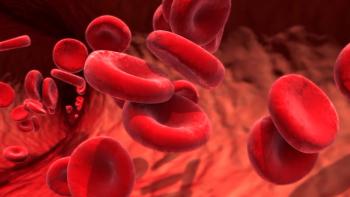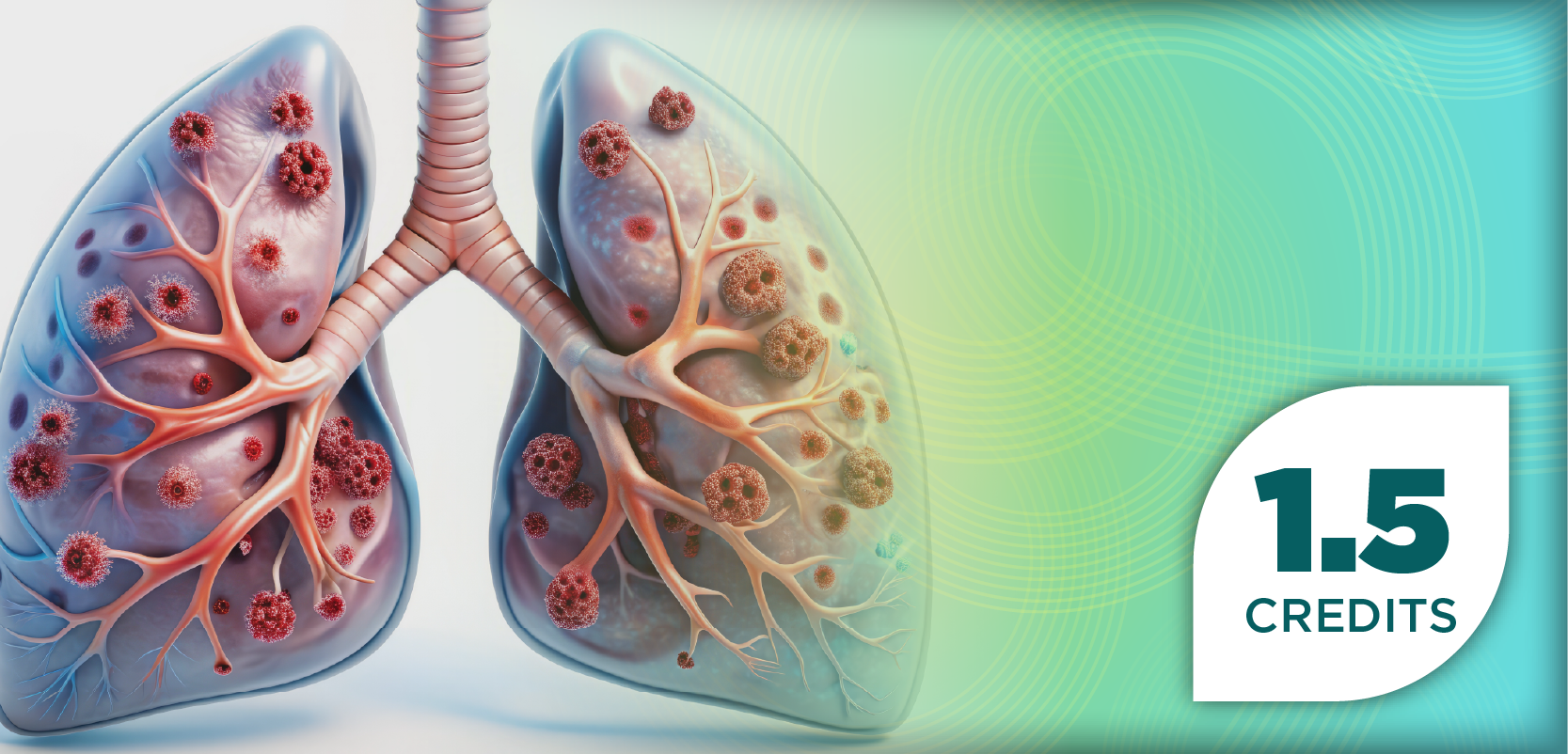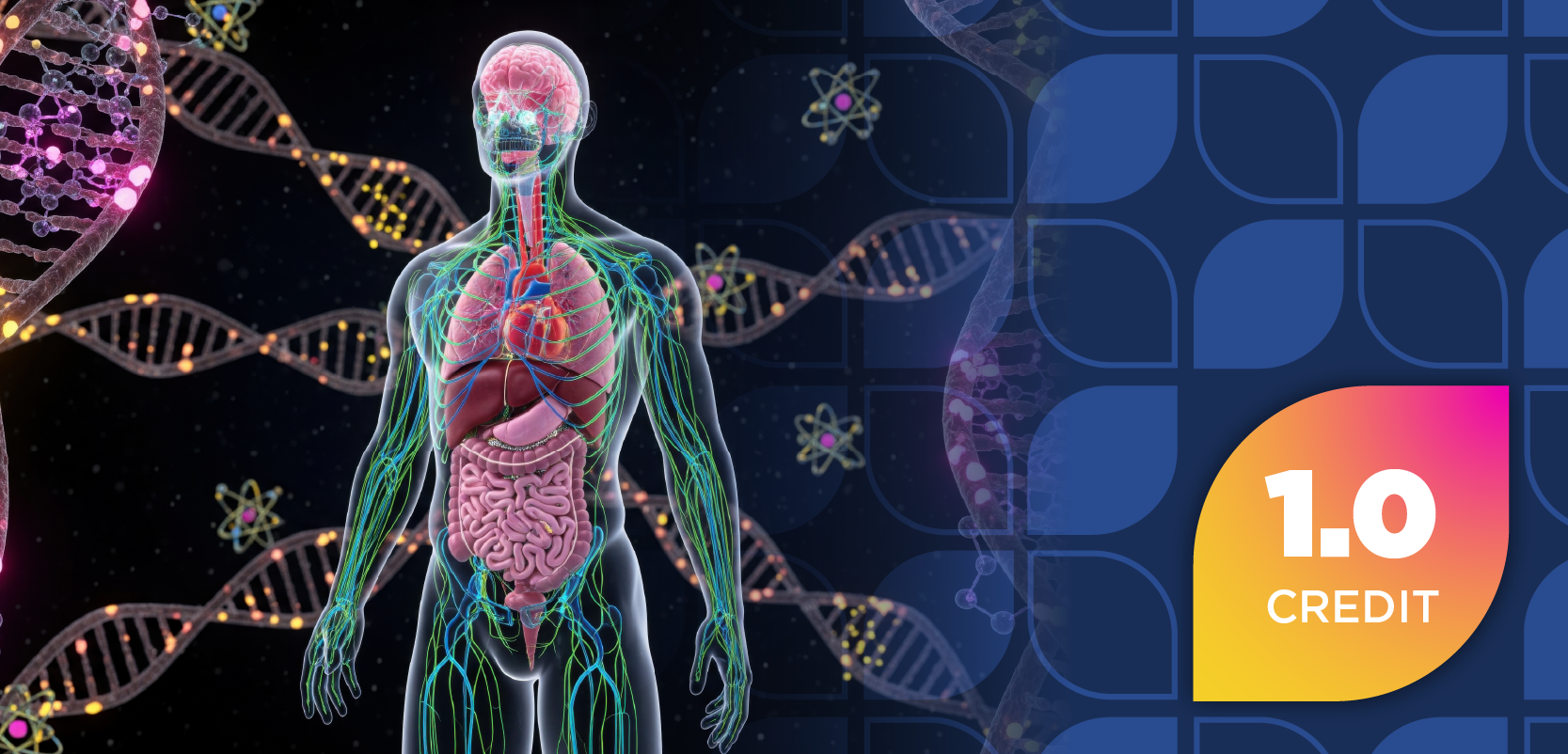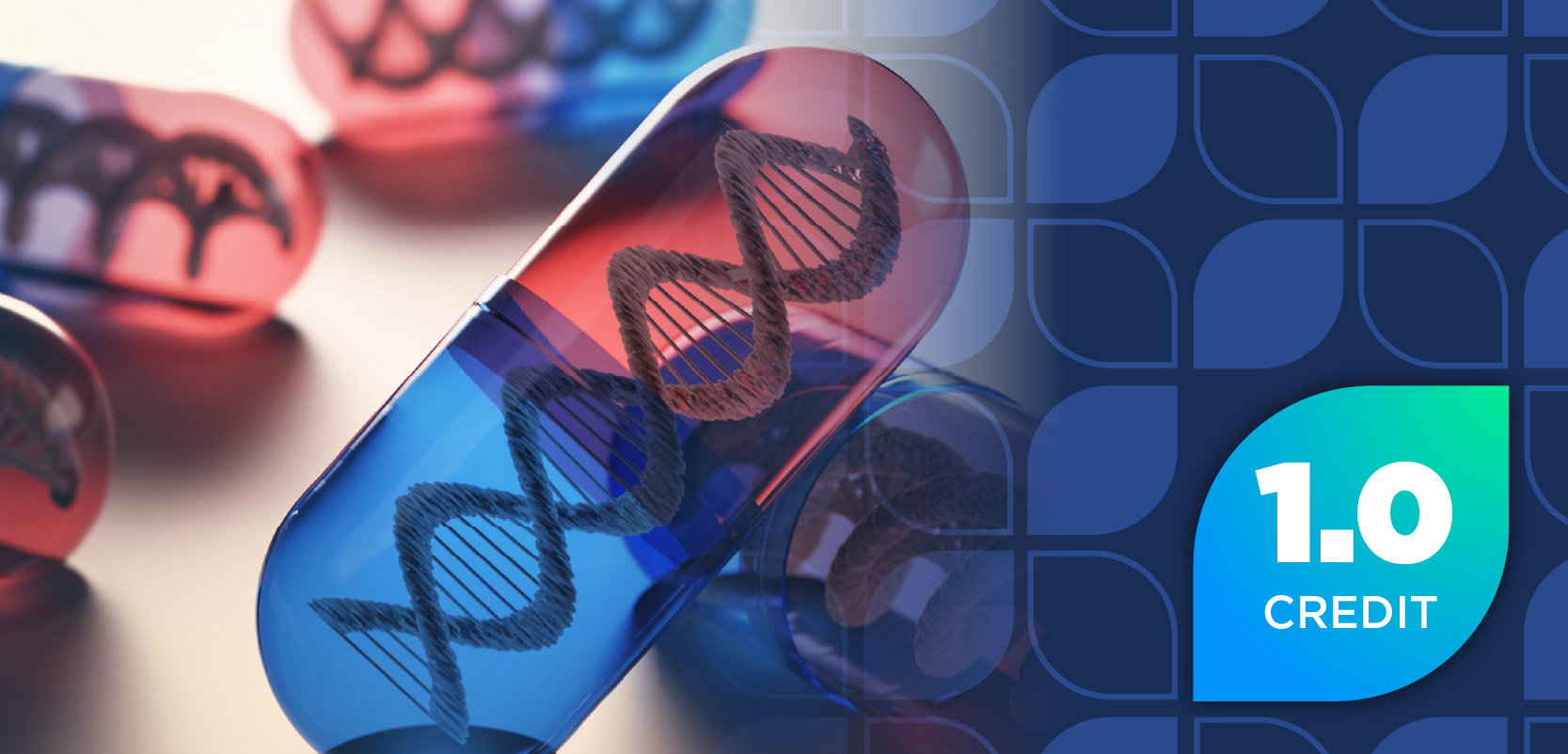
Enhancing Early Cholesterol Detection and Management in Young Adults
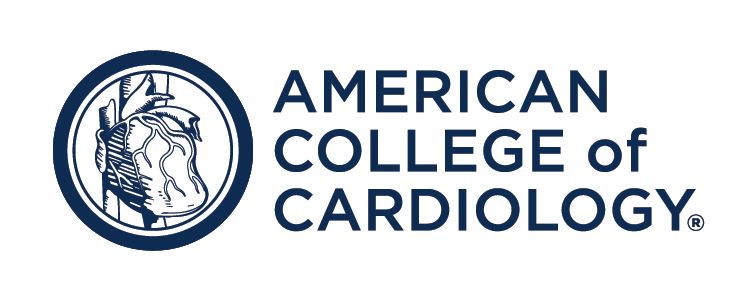
Shoa Clarke, MD, PhD, discusses the need for improved cholesterol testing and treatment in young adults, emphasizing the vital role of primary care teams and pharmacists in early intervention and adherence.
At the American Heart Association Scientific Sessions 2025 in New Orleans, Louisiana, Shoa Clarke, MD, PhD, discusses the critical need to improve cholesterol testing and treatment among young adults. He emphasizes that physicians often overlook this population, in part due to guideline frameworks that focus primarily on adults aged 40 to 79. Clarke notes that future guidelines should better communicate the importance of early intervention and that primary care providers—including pharmacists—can play a central role in identifying, counseling, and managing patients at risk for high cholesterol. He highlights evidence supporting pharmacist-led and team-based primary care models as effective strategies for improving treatment adherence and managing chronic conditions such as hypertension and hypercholesterolemia.
Pharmacy Times: The analysis found that finerenone reduced heart failure hospitalizations within the first few months of treatment, even before kidney outcomes improved. What does this suggest about the early mechanisms of benefit with finerenone?
Shoa Clarke, MD, PhD: So, I think this actually tells us a little bit about the disease that's being treated, maybe even more so than the specific drug. The reason I say that is because these authors have also shown the same pattern with a different class of drugs called SGLT2 inhibitors. We now have these 2 different types of drugs—finerenone, a nonsteroidal MRA, and SGLT2 inhibitors—both of which are beneficial in terms of cardiovascular and kidney outcomes in people who have this cardiac-kidney-metabolic (CKM) syndrome.
The fact that both of these drugs show this pattern, to me, suggests some insight into what CKM syndrome is, how it progresses, and how heart failure, heart failure hospitalizations, and heart failure progression may play a role in the overall disease arc, including the ultimate end points of kidney failure or kidney death.
Pharmacy Times: Cardiovascular benefits appeared earlier than kidney protection but continued to build over time. How might this inform how clinicians approach long-term therapy and patient adherence with finerenone?
Clarke: So, I think adherence is going to be very important for a drug like finerenone. These data show that there is a cumulative benefit over time. In another paper published in JACC earlier this year—a prespecified secondary analysis of the FINE-HEART study—it was shown that withdrawal of finerenone, compared [with] placebo, led to increased adverse events, and this occurred fairly rapidly.
We know that with treatment using an MRA, there is a compensatory increase in circulating aldosterone levels in the blood. So, if you take away the MRA, you may have this uninhibited aldosterone effect that could be detrimental.
Pharmacy Times: Fewer than half of young adults with severely elevated LDL cholesterol began statin therapy within 5 years of their first high reading. What do you see as the biggest barriers preventing earlier intervention in this population?
Clarke: This is a big challenge right now, and I think it ultimately lies on our shoulders. Physicians are not doing a great job of testing cholesterol in young adults and treating it when it should be treated according to our guidelines. That being said, I also think that the writers of the guidelines have not done as good a job as they could have in the past at making this point clear and understandable to primary care physicians.
In the more recent guidelines—and even going back to 2013—there has been a strong focus on risk assessment and on adults aged 40 to 79 [years]. That important focus sometimes, I think, draws attention away from young adults. However, there are reasons young adults need to be treated as well.
I’m hoping that with future guidelines, this can be illustrated or communicated more effectively. I also hope that physicians in the community—cardiologists, primary care doctors, family physicians, and others—receive that message and begin to act on those recommendations.
Pharmacy Times: Statin use and follow-up lipid testing both declined over the past decade among high-risk young adults. What role can pharmacists and clinicians play in improving early lipid management and long-term prevention?
Clarke: I think they’re going to play the primary role—ultimately, it’s the primary providers, and that can sometimes include pharmacists, who need to discuss this with patients and then actually write and fill the prescription. It should be up to us, and I think there’s evidence that different roles within a primary care clinic, including pharmacist-led clinics, can be beneficial for managing chronic diseases such as hypertension and hypercholesterolemia.
With primary care doctors having to juggle so many different responsibilities, having others in the clinic who can spearhead and take on the role of identifying who should be treated, conducting the necessary follow-up testing, and ensuring prescriptions are filled could help improve adherence.
Newsletter
Stay informed on drug updates, treatment guidelines, and pharmacy practice trends—subscribe to Pharmacy Times for weekly clinical insights.



